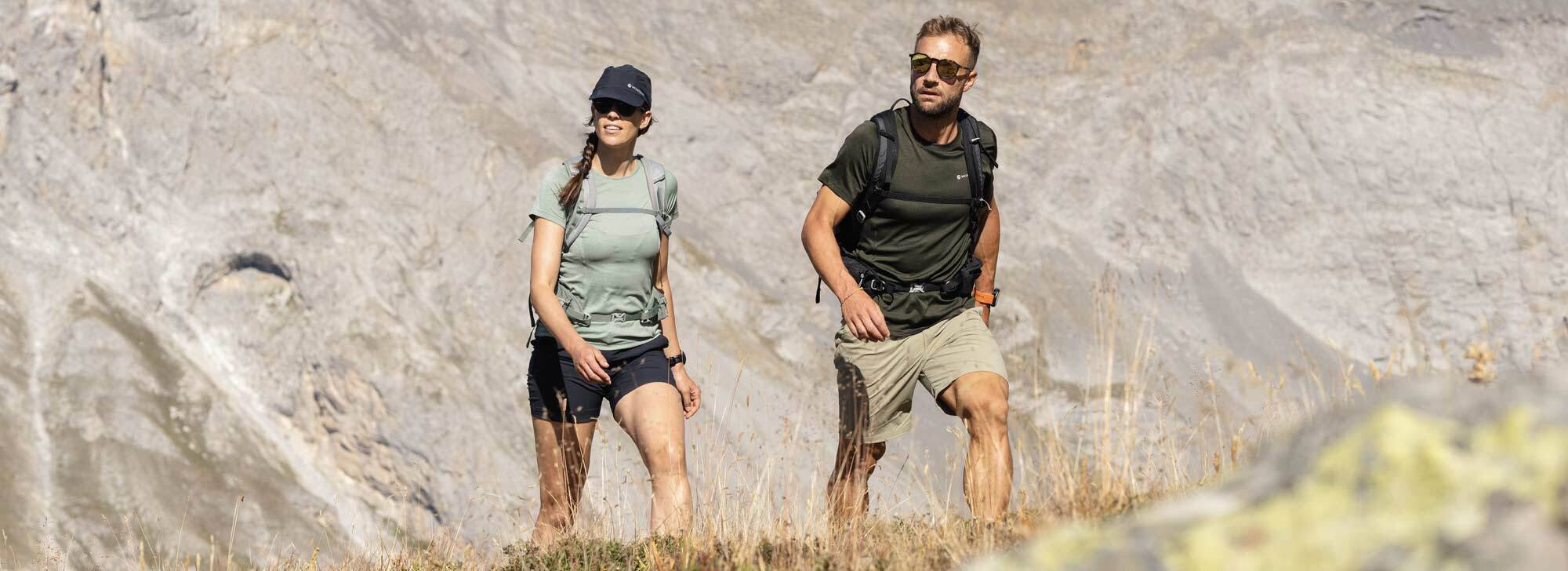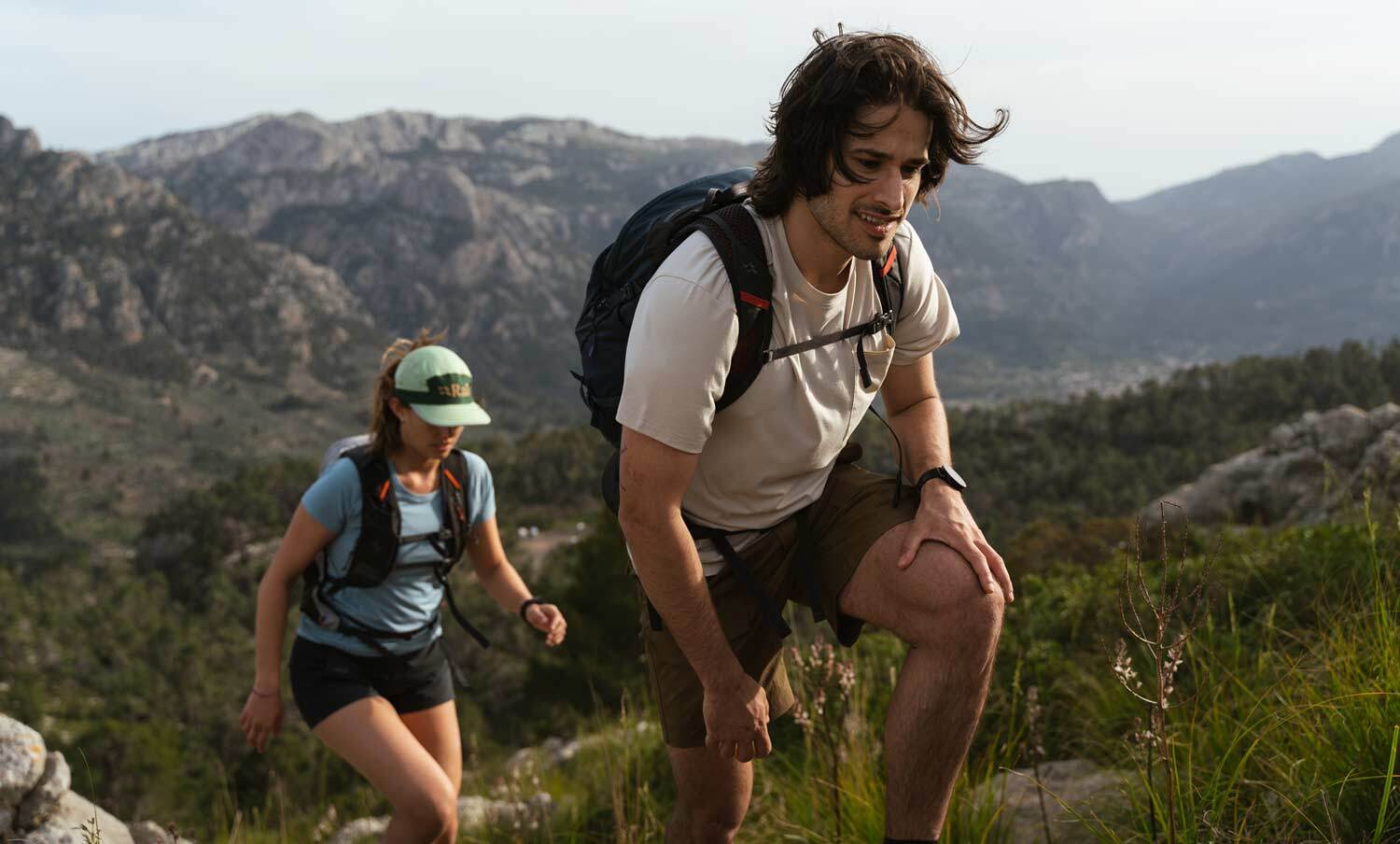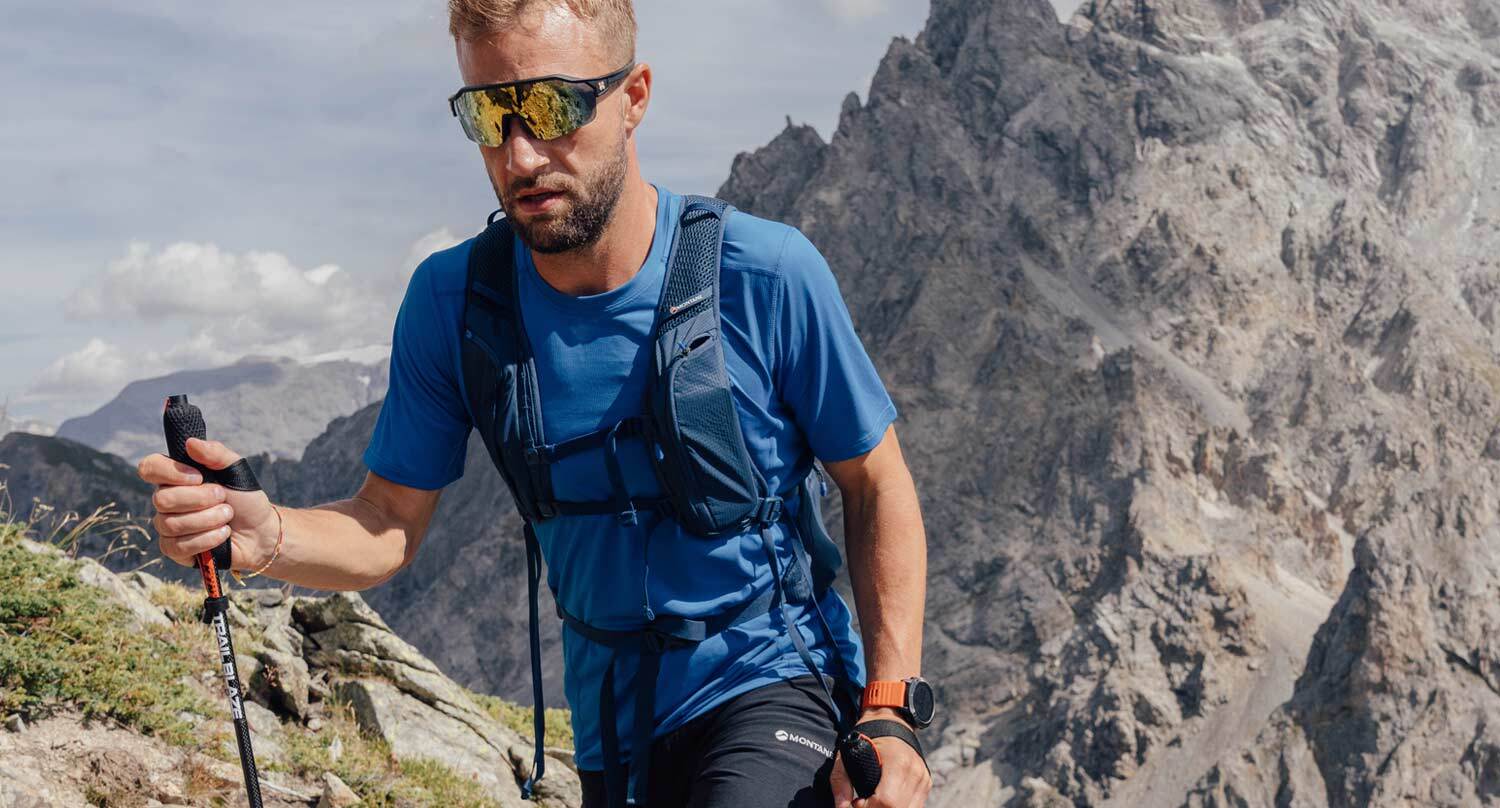The Ultimate Guide to Lightweight Baselayers
Posted by Andy Neil on Jul 10, 2025

Arguably, the most essential piece of outdoor clothing is your baselayer. The base layer is the layer that sits closest to your skin and is the fundamental layer of the three-layer system, baselayer, mid-layer and protective outer shell. The baselayers move moisture away from the body, which helps with temperature regulation. They tend to be made from synthetic materials, usually polyester, merino wool or a hybrid of natural and synthetic fibres. There is a lot of choice on the market; this guide will help you get the right baselayer for your next adventure.

Cotton Kills: Why Baselayers Are So Essential
Whether an experienced hiker or an absolute beginner, you may have encountered the expression "cotton kills". This can be seen as an exaggeration, but the expression is routed in fact. Cotton is a fantastic material for clothing. It's Soft and comfortable, incredibly breathable and durable. However, it's not suited to hiking or any sport because it is also very absorbent. Cotton absorbs moisture and holds onto it, so wearing it can lead to chafing and discomfort. It will also become heavy and, most importantly, sap heat away from your core. In the summer, this isn't too much of an issue. However, this can increase your risk of hypothermia in the winter, the leading cause of death among outdoor enthusiasts. This is why moisture-wicking, fast-drying baselayers are so essential.
Synthetic, Merino or Hybrid?
Merino Wool is a type of fine wool that comes from merino sheep. It's comfortable, durable, and moisture-wicking. It is also naturally odour-resistant, so it can be worn for multiple days without becoming too smelly. It is better suited to colder weather or if you are outside for long periods when not active. Thinner Merino can, of course, be used in warmer weather. I always take a Merino layer to sleep in when I'm backpacking.
Merino wool is generally more expensive than its synthetic counterpart and harder to care for, as it may require special washing and drying methods. Still, its main drawback is that it will dry slowly compared to synthetic.
Synthetic: Most synthetic baselayers will be made of polyester. They are comfortable, durable, wick away moisture and dry quickly. They tend to be more affordable than Merino wool but can retain smells. If this could be an issue, look for baselayers treated with Polygiene, which has antimicrobial properties that prevent odours.
Synthetics are best suited to high-energy activities and warmer conditions. Merino wool fabrics are more naturally warming.
Hybrid: Synthetic and Merino wool blends utilise the best properties of both. They will be warmer than synthetic and dry much quicker than Merino wool. This makes them a fantastic layer for high-energy activities in colder conditions.

Features
Baselayers are very stripped-backed items of clothing. The only features to consider are whether you require a long sleeve or short sleeve top and do you require a zip? Long sleeves are better in cooler conditions but can be rolled up. They offer better sun protection so they can work well on hot days. Conversely, short sleeves are better in warmer conditions if you have another method of sun protection.
Many baselayers have deep, half-length zips, which help you dump excess heat and moisture quickly.

Half-length Zip

Short Sleeve

Long Sleeve
Baselayer Bottoms
No matter what you are up to in the outdoors, a baselayer top is a must, regardless of whether it's winter or summer. Baselayer bottoms come into their own when incorporated into a winter layering system, providing your legs with much-needed insulation. However, they can be used in summer as a standalone layer or under shorts when running or hiking.
Fit
Baselayers should fit snugly but not too tightly. They should be close to your skin but not restrictive. A base layer that is too tight will be uncomfortable and cause chafing. If it is too loose, it will not provide the same level of warmth or aid with moisture-wicking.

|
||
 |
||
|
Andy Neil |
||
|
Andy has been a keen long-distance hiker and wild camping enthusiast since he completed the Cleveland Way in 2015. Since then, he has walked thousands of trail miles all over the UK and is an active member of the Wild Camping UK community, being an admin of the largest wild camping community on Facebook. He strongly advocates for responsible wild camping and believes it is important to leave no trace when camping in the wilderness. He joined the UOG team in 2021 and works as a website developer and content creator. |
||
Arguably, the most essential piece of outdoor clothing is your baselayer. The base layer is the layer that sits closest to your skin and is the fundamental layer of the three-layer system, baselayer, mid-layer and protective outer shell. The baselayers move moisture away from the body, which helps with temperature regulation. They tend to be made from synthetic materials, usually polyester, merino wool or a hybrid of natural and synthetic fibres.
